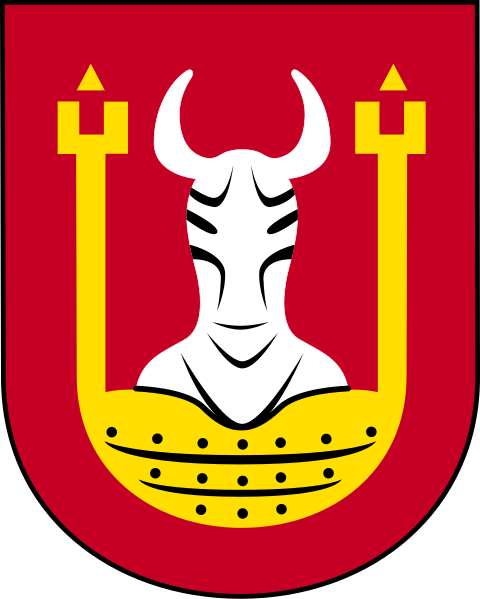
Alternate names: Bobrowniki [Pol], Bobrovnik [Yid], Bobrovniki [Rus], Russian: Бобровники. בוברובניקי-Hebrew. 51°34' N, 21°56' E, There are more than a dozen places named 'Bobrowniki' in Poland. This one is 10 miles N of Puławy, 4 miles E of Dęblin. 1900 Jewish population: 228. Yizkor: Pinkas ha-kehilot; entsiklopediya shel ha-yishuvim le-min hivasdam ve-ad le-aher shoat milhemet ha-olam ha-sheniya: Poland vol. 7: Kielce and Lublin (Jerusalem, 1999). JOWBR burial list: Jewish Cemetery. Cemetery photo. Bobrowniki is a village in Lipno County, Kuyavian-Pomeranian Voivodeship in north central Poland and seat of the gmina (administrative district) called Gmina Bobrowniki. Other villages in Bobrowniki gmina: Białe Błota, Białe Błota-Dębowiec, Bobrownickie Pole, Bógpomóż Nowy, Brzustowa, Gnojno, Oparczyska, Polichnowo, Polichnowo-Piaski, Rachcin, Rachcin-Okrągła, Rachcin-Parcele Łochockie, Rachcinek, Stara Rzeczna, Stare Rybitwy, Stare Rybitwy-Miszek, Stary Bógpomóż, Winduga [April 2009]
-
http://www.polishjews.org/photos/bobrow.htm has synagogue photo. [August 2005]
BOBROWNIKI: AS 105
Cemetery: approximately 250 m. NW of the market square. Present town population is 1,000-5,000 with no Jews.
- Local: Wojewodzki Konserwator Zabtykow, Lublin, ulica Archidiakovska tel. 259-37.
The earliest known Jewish community is 18th century. The 1921 Orthodox Jewish population was 164 (14.5%) The Hasidic Orthodox cemetery was established in the second half of the 18th century. Effecting the town were establishment of the Deblin fortress and the Irena-Bobrownik community in the mid-19th century. Living here was Israel Taub, founder of the Deblin Hasidim. The last known Jewish burial was in 1942. Deblin-Irena, about 7 km away, used this landmarked cemetery: Wpisdny do nejestru zabythow # 999/89. The isolated suburban rural flat land has signs in Polish and in Hebrew mentioning Jews. Reached by turning directly off a public road, access is open to all via a continuous fence with no gate. The cemetery is 0.3 hectares. 20 to 100 gravestones, 1 to 20 in original location and less than 25% toppled or broken, date from late 19th century. Some removed stones were incorporated into roads and structures. The cemetery is not divided into sections. The sandstone, flat stones with carved decoration have Hebrew inscriptions. The cemetery contains special memorial monuments to Holocaust victims and marked mass graves. A regional or national governmental agency owns the property used as a Jewish cemetery only. Adjacent property is agricultural. Rarely, private visitors stop. It was vandalized during World War II. Jewish individuals from abroad re-erected stones and cleared vegetation in 1983-1984. Occasional clearing and cleaning by individuals is current care. Within the limits of the cemetery are no structures. Weather erosion, security, vandalism, incompatible (existing, planned or proposed) development and vandalism are a slight threat. Vegetation is a moderate threat.
Pawet Sygowski, Kalinowszczyzna 64/59, 20-201 Lublin, tel. 77-20-78 completed this survey in April 1994 after visiting the site. He conducted interviews.
Photos below courtesy This email address is being protected from spambots. You need JavaScript enabled to view it. [November 2018





